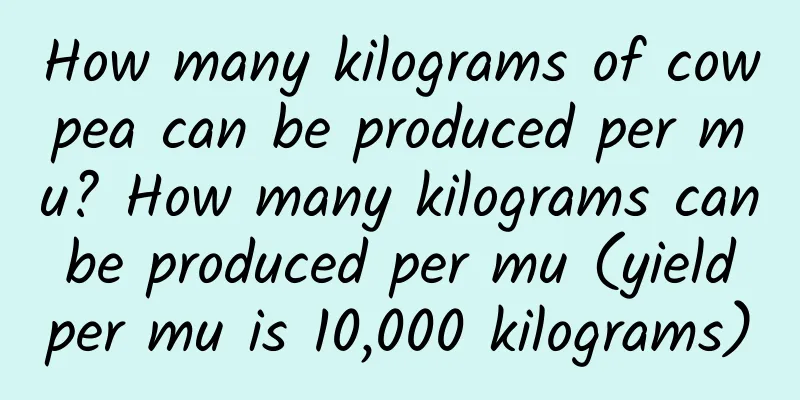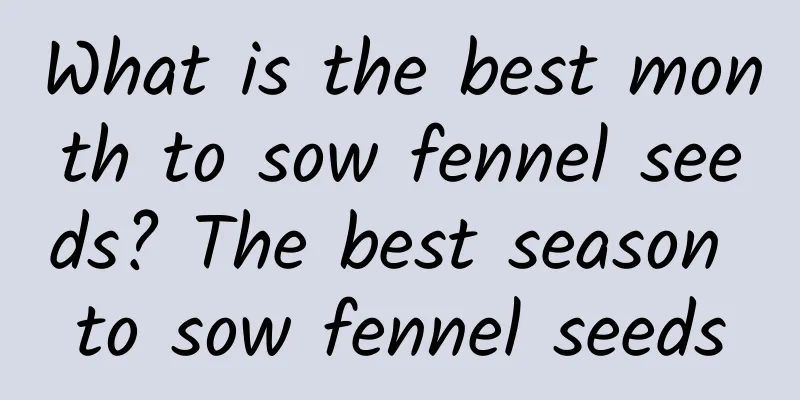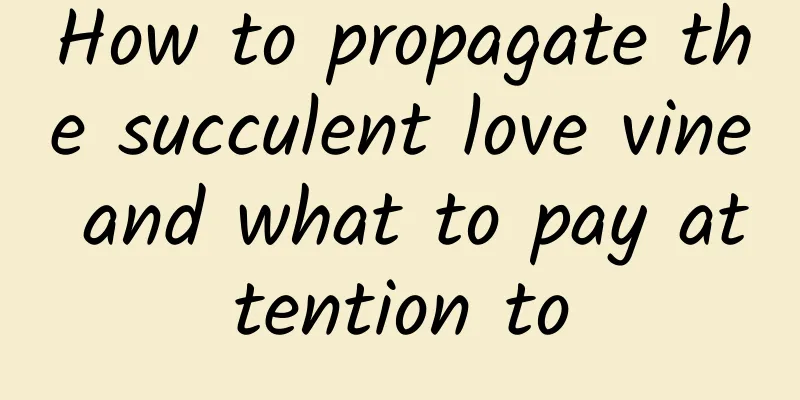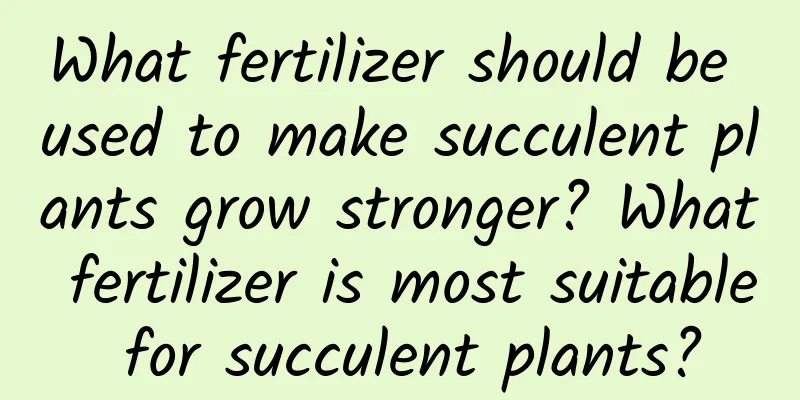Prevention and control methods of major diseases and pests of mint

Mint rustHarmful to mint leaves and stems. Excessively wet or dry weather in May and June can easily cause this disease. Specifically, in the early stage, orange-yellow powdery summer spore piles appear on the back of the leaves, and in the later stage, black-brown powdery winter spore piles appear. Failure to promptly treat the disease will lead to withering and falling of leaves, and eventually death of the entire plant. When the virus first infects, spray 1000-1500 times of 20% triadimefon emulsifiable concentrate or 300 times of sodium dimethoate. Leaf spotAlso known as "white star disease," it is harmful to mint leaves. The peak period is from May to October. Specifically, small dark green circular spots appear on the leaves, which gradually expand into dark brown spots with grayish-white star shapes in the middle and small black dots dotted on them. The leaves will slowly wither and fall off. If diseased leaves are found, they should be removed and burned. Spray 70% mancozeb and 75% 500-700 times dilution of Thiophanate-methyl. Do not spray after 20 days before harvest. CutwormThis pest can cause harm to young seedlings. In spring, the stems of the seedlings will be eaten by their larvae, resulting in a shortage of seedlings. The roots should be sprayed with 2000-3000 times diluted 40% chrysanthemum emulsion and 40% methyl isothioate emulsion, or irrigated with 1000 times diluted 40% methyl isothioate. Spodoptera exiguaThis pest will harm the flower buds and leaves, and the leaves will be eaten by its larvae, leaving holes. Add water and spray 50% concentration of Yitaibao emulsion (30-60 ml per mu) or 1000 times concentration of 50% concentration of cypermethrin. Also, do not spray pesticides 20 days before harvest. |
>>: Cactus Pest Control Encyclopedia
Recommend
The difference between June Snow and Gypsophila paniculata
The difference between June Snow and Gypsophila p...
How to eat sapodilla
1. Fresh food The sapodilla can be eaten directly...
Where are the best places to plant durian trees?
Durian tree planting conditions Durian trees are ...
How to grow Mimosa
1. Maintenance conditions 1. Light: It needs suff...
Flower language of copper coin grass
1. Name Because its name makes people feel that i...
Can peppers survive if their leaves wilt after being flooded? (How to save peppers if their leaves wilt after being flooded?)
Is there any way to save the pepper leaves that h...
Difference Between Raspberries and Raspberries
1. Difference of blades Raspberry leaves are ovat...
To grow a hanging plant that will grow out of the pot, you need to learn these 4 tips
If you want the love vine to bloom, these 4 point...
How to make hydrangea bloom during the Spring Festival
In order to make hydrangea bloom around the Sprin...
I kicked the flowerpot over, and the jasmine and roses started to sprout new buds, and the pot was full of buds in less than a month!
Rose shoots after rain It is very common to grow ...
What is the suitable temperature for strawberry planting and cultivation?
Temperature requirements for growing strawberries...
When is the best time to transplant crabapple trees?
The crabapple tree must be transplanted in the wa...
Can Christmas cactus be exposed to the sun in summer?
1. Whether you can get sun exposure It can bask i...
If the kumquats you raise start to lose leaves, don’t worry, check if it’s because of “this”?
Friends who like to eat oranges have also started...
Where is the best place to plant Panax notoginseng?
Panax notoginseng planting conditions 1. Panax no...









